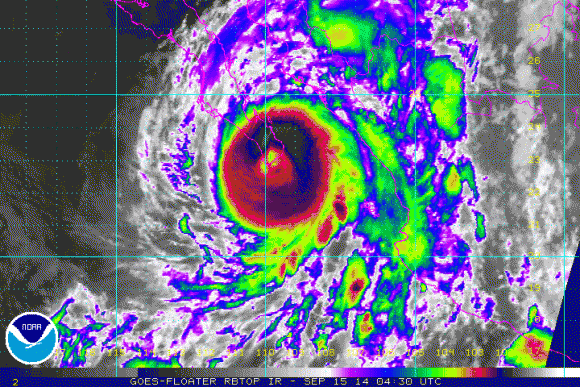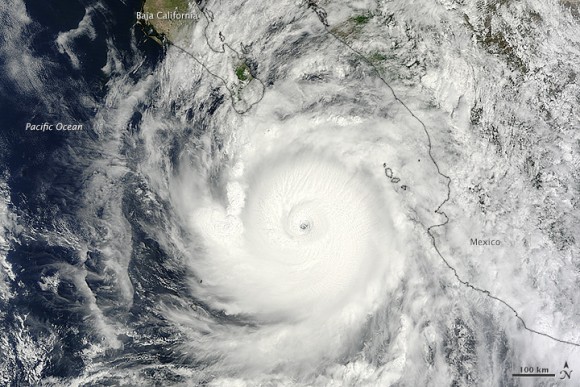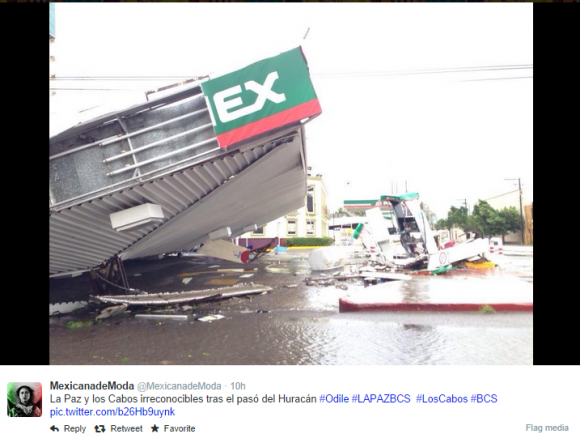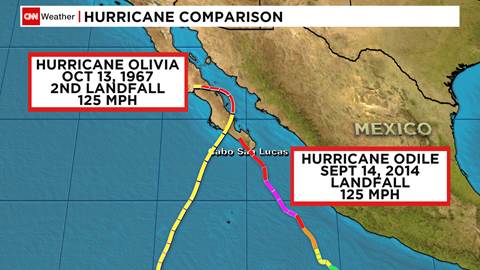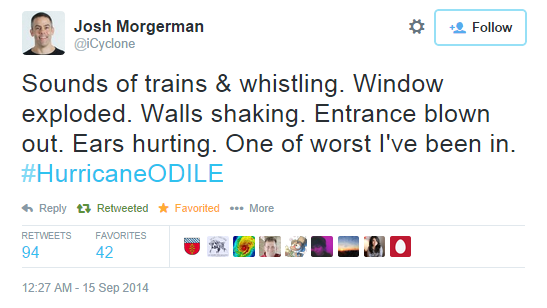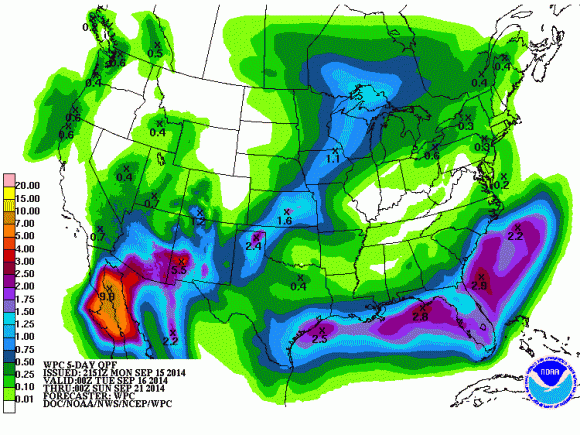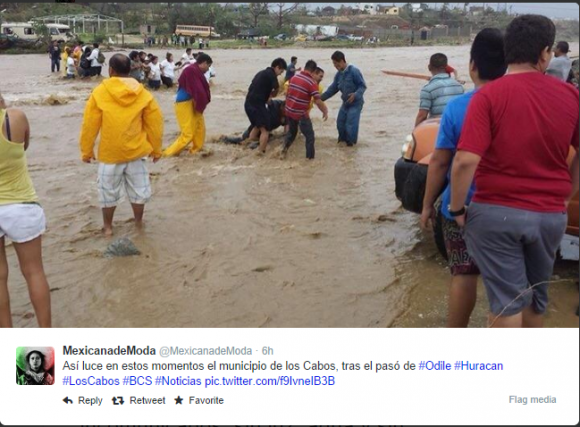Update: Showers Possible Across Northern California Wed/Thu
Wednesday Evening Update
998mb surface low is sitting off the northern California coast at the moment, which will move inland through the day Thursday and quite quickly weaken. Upper low/trough featuring this surface low also looses its punch as it stretches apart. Models continue to show uncertainty regarding the leftover closed upper-low, with some model runs taking it offshore and some cutting it off over central and southern California. Some of these solutions would support an offshore wind event Friday, perhaps into Saturday, which wouldn’t be the best for firefighters working fires across interior northern California, with the King fire at top-priority.
Now precipitation wise, models have grown dryer over the last 24 hours. It appears the best chance of precipitation will be along the coast, coastal mountains, northern Sacramento valley, northern mountains, and orographically enhanced slopes of Plumas and Lassen counties. However, some very light QPF is still generally indicates as far south as Sacramento, with the best chance overnight Wednesday into Thursday morning.

4km NAM’s forecast QPF through Thursday afternoon. Just a model prediction, and certainly has potential to be way off.
Some instability is still forecast across northern California, including the Sacramento valley Wednesday morning into the afternoon. Best instability for the valley appears to be in the morning before shifting into the foothills/sierra. Dryer air unfortunately slides into northern California through the day Thursday, so while instability increases, moisture lessens. Nonetheless, some convective showers appear possible Thursday morning across a good chunk of northern California, transitioning into the higher terrain mainly by afternoon.
It’s been a long, dry, and quite boring last several weeks across northern California weather wise. The dry conditions have allowed for explosive growth of wildfires across northern California, with the latest two fires exploding over the last few days including the King Fire in El Dorado county and the Boles Fire up in Siskiyou county, which burnt through subdivision in Weed, damaging and destroying around 100 structures, many of them homes. The fire that has burnt the most acreage is the King Fire, and has burnt nearly 12,000 acres as of this morning, likely pushing 13,000 – 14,000 acres this afternoon.
Weather-wise, about 400 miles off the Oregon/northern California coast lies a large upper-level low, with a surface low about 400 miles of the San Francisco coast. With this somewhat vertically-tilted low, blobs of cloud cover, and precipitation can be noted offshore via satellite imagery, with some convection also present given there’s some cooler air aloft with the system supporting some instability.
As the system as a whole slides eastward through the day Wednesday, a front is expected to slide through northern California west to east between late Wednesday afternoon and Wednesday evening, depending what model’s timing is closer to being correct. Lapse rates steepen up a fair amount as the front slides through, with 6.5 – 7.5c 700 – 500mb LRs modeled by the 4km NAM early Wednesday evening… however the NAM in general is very dry with this system compared to global models such as the ECMWF, GEM, and GFS, and given the majority of other models are wetter, they’re the ones to lean toward for now. Believe the slight increase in instability and increasing moisture from the offshore low as it sends in an influx of .8 – 1.1″ precipitable water values combined with a band of increased vertical accent overnight Wednesday into Thursday should be enough to generate at least some showers across a good chunk of northern California. Low slowly pushes inland during the day Thursday, continuing shower chances across the region.
GFS indicates a fair amount of CAPE/negative lifted-indexes as the core of the upper-low slips overhead from late Thursday morning into the afternoon. NAM has similar instability, but doesn’t indicate much development. The SREF also has a fair amount of CAPE, but does have a little QPF Thursday morning/early afternoon. ECMWF and GEM also indicate some QPF during the day Thursday, leading me to believe the NAM is still off here. Given forecast instability, I’d say there’s a decent chance of some thunderstorms during the day Thursday, with the best chances over the coastal mountains and west slope of the sierra and sierra itself. There’s just as much instability being modeled in the portions of the valley as in in the higher elevations, so some valley/foothill storms also seem possible, given most global models also have QPF in parts of the Sacramento valley and adjacent foothills. Interestingly enough there is some weak directional shear forecast, and LCLs aren’t too high during the late morning/early afternoon Thursday. I’ll have another update regarding this system Wednesday evening and see if any high resolution models show any potential with this instability and shear.
In total, the GFS/GEM/ECMWF would drop around a tenth of an inch of precipitation for a good chunk of northern California… with upwards of a quarter to half of an inch in luck locales in the coastal mountains and north coast. Will update these forecast amounts if things change by later Wednesday model wise.






